When will the iPhone 13 come out?
We expect the iPhone 13 to be announced at Apple's event on 14 September 2021, for which invitations have now been sent out. The event takes place at 10am PDT next Tuesday, or 6pm UK time. Here's how to watch live.
Pre-orders are likely to start on Friday 17 September, and the new iPhone may start to ship on the Friday after that: 24 September. This is how it usually plays out. It's typical for Apple to release the new phone around a week after the introduction.
Here, then, is how it will probably shape up:
- iPhone 13 announcement: Tuesday 14 September
- iPhone 13 pre-orders: Friday 17 September
- iPhone 13 on sale: Friday 24 September
Apple leaker Jon Prosser says his sources have the pre-order and start dates of the iPhone 13 lineup on the 17 September and 24 September confirmed. Of course, it's possible that Apple will announce something else entirely on 14 September, since the invitation doesn't mention the iPhone - but this is unlikely.
Up until 2020, Apple had been quite consistent with the release dates of its iPhones. The new handsets are usually announced near the beginning of September and released a week or so later. Occasionally there are exceptions, such as last year's iPhone 12 models, but also the iPhone X and XR, which came out in November and October respectively, and the spring-launched iPhone SE series. But more often than not it's September. Here's an overview of every iPhone launch date, for those who are interested:
| iPhone 12 | October/November 2020 |
| iPhone SE (2020) | April 2020 |
| iPhone 11 | September 2019 |
| iPhone XR | October 2018 |
| iPhone XS | September 2018 |
| iPhone X | November 2017 |
| iPhone 8 | September 2017 |
| iPhone 7 | September 2016 |
| iPhone SE (2016) | March 2016 |
| iPhone 6s | September 2015 |
| iPhone 6 | September 2014 |
| iPhone 5s | September 2013 |
| iPhone 5 | September 2012 |
| iPhone 4s | October 2011 |
| iPhone 4 | June 2010 |
| iPhone 3GS | June 2009 |
| iPhone 3G | July 2008 |
| iPhone | June 2007 |
COVID-19 caused major disruption in the Apple supply chain, delaying the announcement of the 12-series iPhones until October 2020. But the iPhone 13 seems to have returned to its traditional place in the calendar, with a September 2021 release.vai
Right off the bat, it’s unclear whether this year’s iPhone will be called the iPhone 12s or the iPhone 13. A report has said that Apple is internally referring to this year as an “S” year upgrade, which implies minor changes compared to the existing iPhone 12.
It’s possible that this year’s devices are referred to as the iPhone 12s or iPhone 13. Apple could also abandon numbers altogether. This would follow in the footsteps of what Apple has done with the iPad lineup over the years. Apple marketing names stay under wraps until the last minute, so we’ll have to wait until the fall to learn more.
Most recently, however, a supply chain report indicated that the 2021 iPhones will indeed be called the iPhone 13. This means we can likely expect the iPhone 13 mini, iPhone 13, iPhone 13 Pro, and iPhone 13 Pro Max.
What features and specs will iPhone 13 have?
iPhone 13 design and size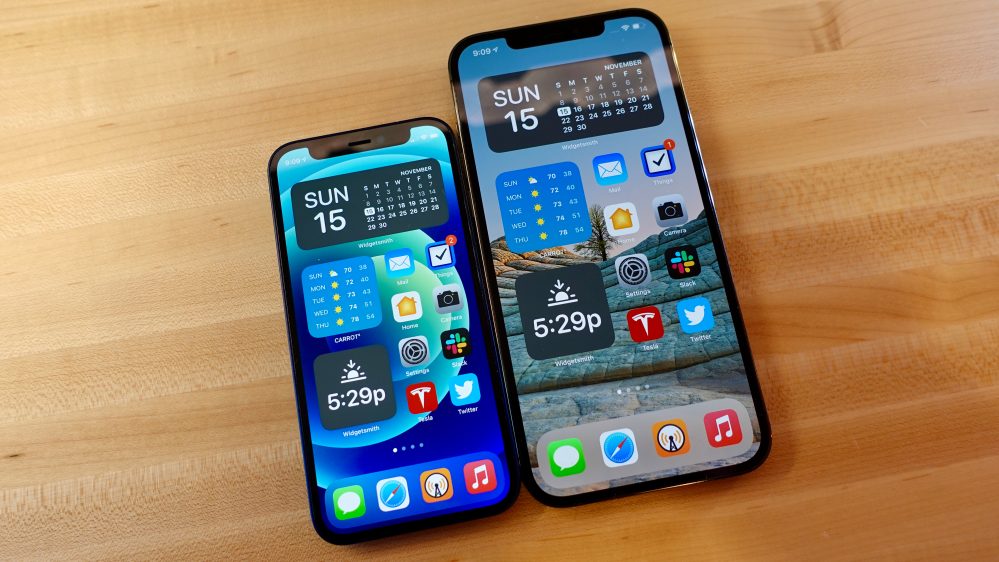
In terms of design, the 2021 iPhone lineup is expected to look nearly identical to the existing iPhone 12. One report has suggested that the iPhone 13 will be slightly thicker than the iPhone 12. The height and width of the devices will reportedly remain unchanged, but the thickness will increase by 0.26 mm.
The iPhone 13 will feature flat sides and Apple is reportedly looking into ways to make the back of the devices easier to grip. One report has described this as a “refined matte back,” but more specific information is unclear.
While the iPhone 12 mini has reportedly experienced weaker-than-expected demand than Apple had expected, there are currently no indications that Apple plans to abandon the form factor this year. A Macotakara supply report said that all four iPhone 13 models will feature the same overall form factors as their iPhone 12 predecessors.
Always-on 120Hz display
This means we can expect four different devices across three different screen sizes:
- One 2021 iPhone model with a 5.4-inch OLED display
- Two 2021 iPhone models with a 6.1-inch OLED displays
- One 2021 iPhone model with a 6.7-inch OLED display
But while the screen sizes will likely remain the same, Apple is reportedly planning to upgrade the iPhone 13 with 120Hz ProMotion display technology.
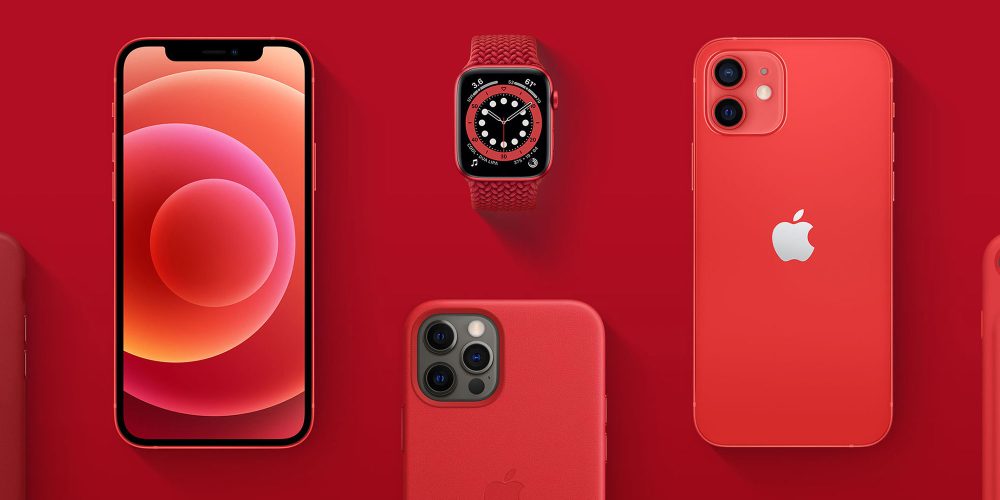
Reliable Apple analyst Ming-Chi Kuo has reported that the iPhone 13 is likely to adopt LTPO technology to lower the display’s power consumption. In turn, this will give Apple the battery headroom to enable 120Hz functionality this year. Apple first adopted LTPO – or low-temperature polysilicone and oxide display – technology in the Apple Watch Series 4, so it makes sense to extend the power-saving feature to the iPhone lineup this year.
The iPhone 13 is also reportedly going to feature an always-on display for the first time. The always-on display will likely show the clock and battery charge, while notifications would appear in a dedicated area.
Smaller notch
Finally, what about the notch? Every year, there is an expectation that the notch and Face ID cutout will get smaller. That hasn’t happened yet and the notch has stayed the same since the iPhone X.
Macotakara has reported that this could change in 2021, with the iPhone 13 featuring a notch that is smaller compared to the iPhone 12. Apple has reportedly changed the position of the top receiver to reduce the size of the TrueDepth camera, which would allow the notch cutout to shrink in size.
Ming-Chi Kuo has also corroborated this and said the notch will get smaller this year. The reliable Apple analyst said that the iPhone 13 will feature a “reduced notch area” as one of the “main hardware specification changes.” Kuo also anticipates that Apple will switch to a hole-punch design for the iPhone notch starting in 2022.
In April, Macotakara obtained a dummy unit of the iPhone 13 Pro detailing the smaller notch design. The schematics here show that the notch will likely get smaller in terms of width, but actually become slightly larger. Apple is also considering relocating the front-facing camera to the left-hand side of the notch. It is currently located on the right-hand side.
The YouTuber Unbox Therapy also got his hands on an iPhone 13 Pro Max dummy unit. Check out his video below:
Camera
First off, for the rear cameras, we might see some interesting changes in terms of design with the iPhone 13. The camera bump will remain, but Apple may add a sapphire glass that will cover all three lenses to make them look like a single camera instead of having three separate lenses.
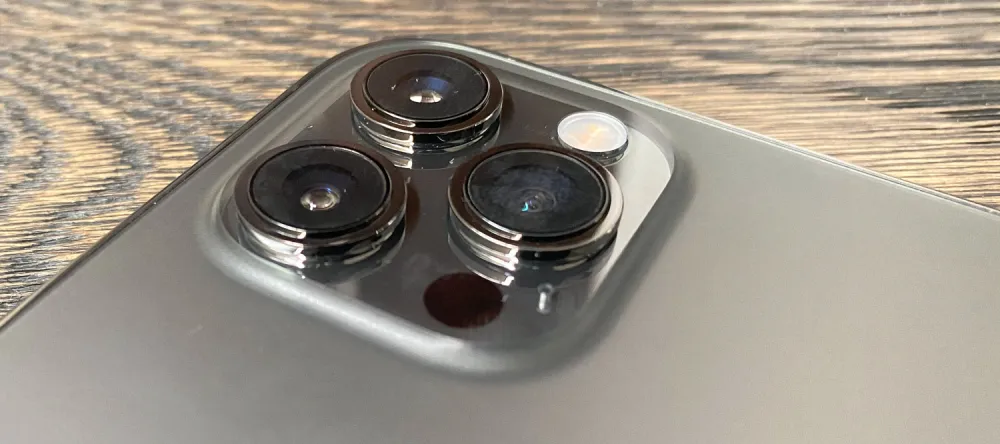
The iPhone 12 Pro and iPhone 12 Pro Max offered notable improvements over their predecessors in terms of camera technology. In 2021, Apple is expected to expand some of the new camera improvements to the rest of the iPhone 13 lineup.
A Macotakara report has noted that the camera module of the iPhone 13 Pro and iPhone 13 Pro Max will be the same size, which suggests that the smaller Pro model will have the same camera lenses as the 13 Pro Max — which includes the wide lens with sensor-shift stabilization. Last year, Apple included better stabilization and 2.5x optical zoom only on iPhone 12 Pro Max.
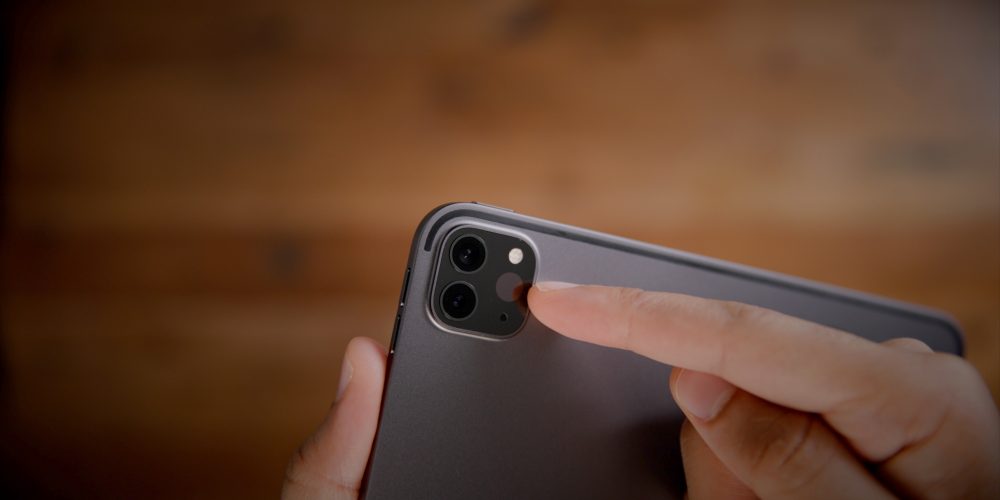
With the release of the iPhone 12 Pro and iPhone 12 Pro Max, Apple added a new LiDAR scanner to the back camera array for depth-sensing features as well, which is also seen on the iPad Pro. While a supply chain report had said that Apple will expand the LiDAR sensor beyond the ‘Pro’ models with this year’s iPhone 13, that doesn’t appear to be happening.
Also this year, the iPhone 13 Pro and iPhone 13 Pro Max will feature an upgraded ultra-wide camera, going from 5P (f/2.4) and fixed focus (FF) to 6P (f/1.8) and autofocus (AF).
Another camera improvement with the iPhone 13 will reportedly be support for Portrait Mode video. This will allow you to record a portrait video and change the depth of field in post-production. It will be similar to the current implementation of Portrait Mode still photography. Apple is also said to be developing a new version of Portrait Mode that takes into account the LiDAR Scanner for improved accuracy.
Finally, Apple has reportedly developed new astrophotography features for the iPhone camera. This will come in the form of a new “astrophotography mode” that allows your iPhone camera to detect moon or stars. Your iPhone would then use longer exposure times and more internal processing to perfect the image.
Performance
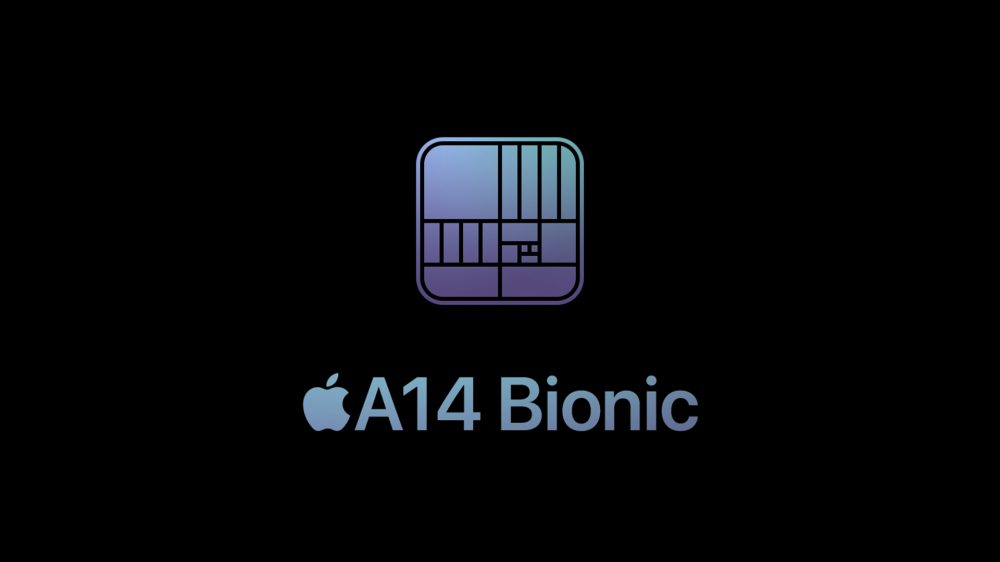
The iPhone 12 and iPhone 12 Pro are powered by Apple’s A14 Bionic processor. As Apple continues to improve its in-house silicon work, we expect the iPhone 12s/iPhone 13 to be powered by Apple’s newest processor, likely referred to as the A15 Bionic processor.
It’s not yet clear what’s in store for the A15 Bionic processor, but a report from TrendForce has said that the chip will be built on a 5nm process similar to the A14 Bionic processor. The change will be that Apple uses a new 5nm+ technology to enhance performance.
As we explained in November:
TSMC refers to 5nm+ as N5P, and describes it as a performance-enhanced version which will combine greater power with improved power efficiency to improve battery-life (or, as might be more likely with Apple, permit smaller-capacity batteries).
What exactly this equates to in terms of quantifiable performance and efficiency remains to be seen, but we expect to learn more soon. In March, it was reported that TSMC will begin production of the A15 chip in May.
Connectivity
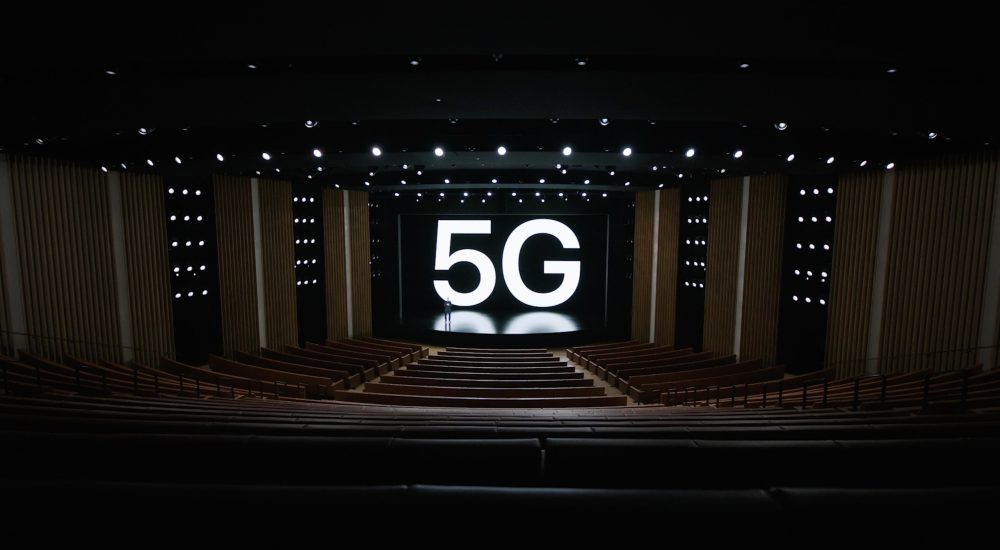
5G connectivity was one of the headlining features of the iPhone 12 last year, but only US iPhone 12 models support mmWave 5G, likely because of the added expense for Apple.
This year, a report has already suggested that Apple has added an additional supplier of mmWave 5G antennas and is placing “a large order” for these in anticipation of the iPhone 13. This implies that Apple could be planning to expand mmWave 5G beyond the US versions of the iPhone 12 to the rest of the world.
Apple is also reportedly exploring low-earth-orbit satellite commutation technology for the iPhone 13. Reports say Apple is working on at least two approaches: transmitting short emergency texts and sending SOS distress signals for crises, like plane crashes, or sinking ships, in remote areas.
Port-less
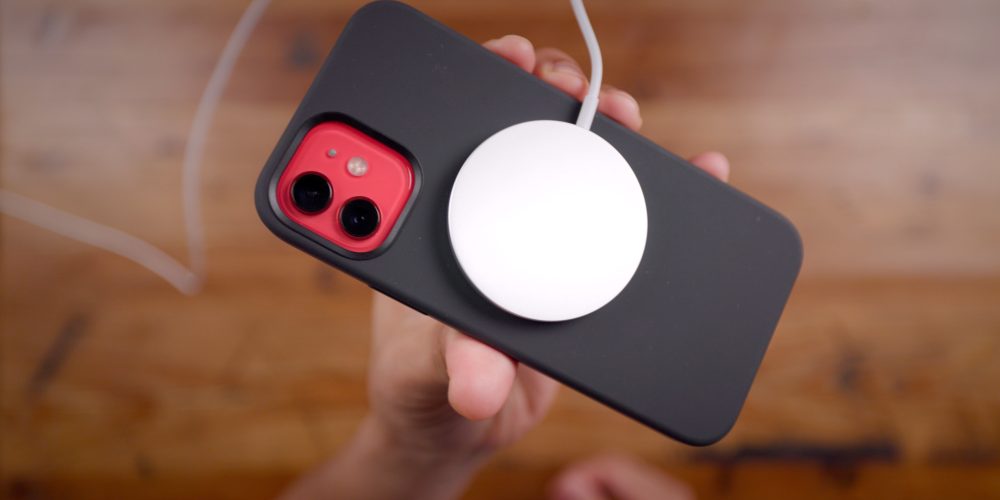
Reports have also suggested that 2021 could be the year that Apple introduces an iPhone without a Lightning port. This would be the first-ever port-less iPhone, and most recently, Bloomberg reported it as something being tested internally at Apple.
But while Apple is testing a port-less design, it isn’t expected to be released to the public this year. Ming-Chi Kuo has reported that the iPhone 13 will continue to use a Lightning port on all models. This also means that the iPhone 13 will not feature USB-C support.
Best iPhone charging accessories:
- Native Union Drop 10W Qi Charger
- Anker 30W USB-C wall charger
- USB-C to Lightning cable
- Lightning to 3.5mm headphone adapter or cable
Touch ID
Could 2021 be the year that Touch ID returns to the iPhone and coexists alongside Face ID? There are multiple signs that point to “yes.”
Reliable Apple analyst Ming-Chi Kuo reported in August 2019 that it will release an iPhone with both Face ID and under-screen Touch ID in 2021. In addition, the reliable leaker L0vetodream has also reported that in-screen Touch ID will soon make its way to the iPhone.
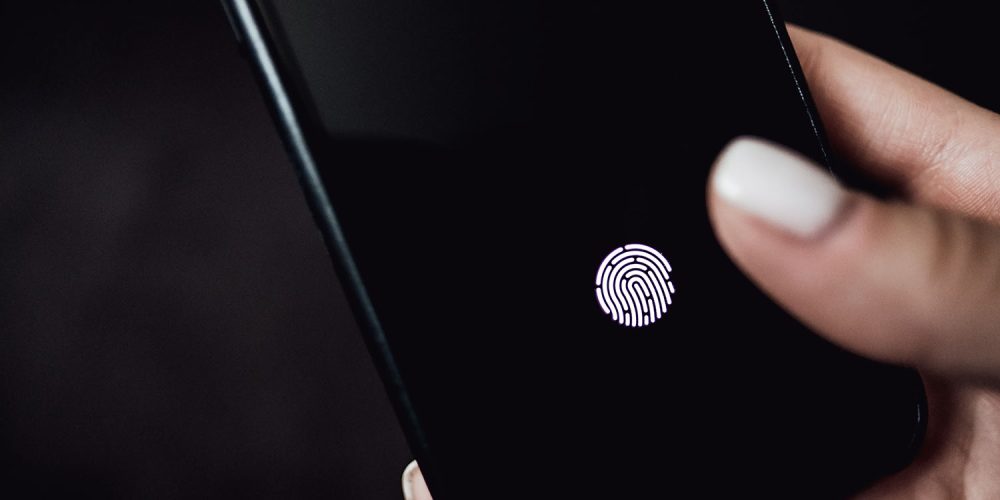
Most recently, Bloomberg reported that Apple is testing support for an in-screen fingerprint reader for this year’s iPhone. It’s ultimately unclear whether this feature will make the cut for the iPhone 12S, but it is something in testing. Ming-Chi Kuo has said it’s unlikely that the iPhone 13 features support for Touch ID in the power button, but under-display support is possible.
Offering both Touch ID and Face ID would increase overall convenience and speed of unlocking the iPhone. A user would register their fingerprints and facial signature, and the phone can unlock as soon as either recognition succeeds. There is also the common problem of Face ID not working with face masks, which could be solved by Touch ID also being available as an option.
Finally, if users wanted their iPhones to be as secure as possible, they could theoretically enable both Touch ID and Face ID, and the iPhone would only unlock after both forms of biometric authentication were successfully recognized.
1TB storage option
The iPhone 12 series maxes out at 512GB of storage. This could change this year according to analysts at Wedbush, who suggest the iPhone 13 will be available in a new 1TB configuration for the first time.
Currently, the iPad Pro is the only iOS device to be available in 1TB storage capacities. It makes sense for Apple to expand the iPhone lineup with higher storage capacities as image and video quality improves and file sizes get bigger.
Larger batteries
Battery life on the iPhone 12 took a hit due to 5G adoption and other changes. This year, Ming-Chi Kuo reports that the iPhone 13 will feature larger batteries. This will make the devices heavier, but offer users more battery life in return.
Apple is reportedly adopting new space-saving designs inside the iPhone 13 such as integrating the SIM card slot with the mainboard, reducing the front optical modules’ thickness, and more. This frees up internal space for larger batteries.
Colors
With the iPhone 13 expected to feature the same design as the iPhone 12, Apple will likely introduce new colors to help the device feel new and entice people to upgrade.
iPhone 12 and iPhone 12 mini colors:
- Red
- Blue
- Black
- White
- Green
iPhone 12 Pro and iPhone 12 Pro Max colors:
- Gold
- Graphite
- Pacific blue
- Silver
Most recently, a report suggested that the iPhone 13 Pro will be available in a new matte black color. This color will reportedly replace the graphite color and be much darker, closer to a true black rather than gray. Apple has also reportedly prototyped an bronze/orange color but this is said not to be launching this year.
Release date: When will iPhone 13 come out?
The iPhone 12 launched later than usual due to delays caused by the COVID-19 pandemic. The iPhone 12 launch was also staggered, with Apple releasing the iPhone 12 and iPhone 12 Pro first, followed by the iPhone 12 mini and iPhone 12 Pro max a month later.
This year, Kuo has reported the mass production schedule of the iPhone 13 will be the same as for previous iPhone models before the 12 lineup. That means we can expect all iPhone 13 models available by September 2021, barring any delays.
This has also been corroborated by analysts at Wedbush, who reported that the iPhone 13 is on track for a late September release date. Apple’s supply chain partners have reportedly started production on the A15 chip and display technology.
Apple has scheduled a special event for September 14, where we expect the iPhone 13 lineup to be officially introduced.
Price: How much will iPhone 13 cost?
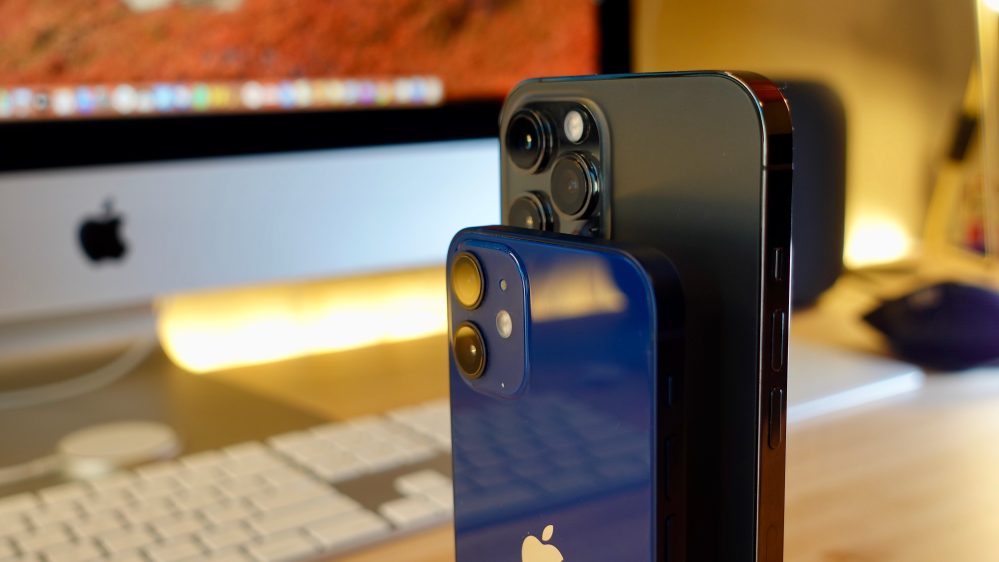
There’s no word on whether Apple has pricing changes in store for the iPhone 12s lineup this year. Like marketing names, iPhone pricing information rarely leaks prior to announcement. For comparison’s sake, here’s how the iPhone 12 looks in terms of price:
- iPhone 12 mini: $729
- iPhone 12: $829
- iPhone 12 Pro: $999
- iPhone 12 Pro Max: $1099
Wrap up
The iPhone 13 won’t be a major upgrade compared to the iPhone 12, but there will be multiple quality of life improvements. The design will remain largely the same and we still expect four different models. Key features such as 5G and camera upgrades will still be reasons for iPhone 11 and older users to upgrade.
The rumor mill certainly indicates that there are a variety of potential changes in store to entice iPhone 12 users to upgrade. This includes things like Touch ID, a smaller notch, and continued performance improvements


Post a Comment